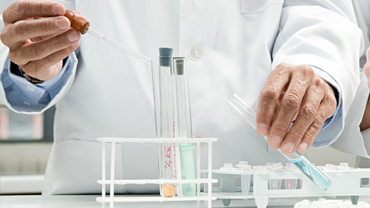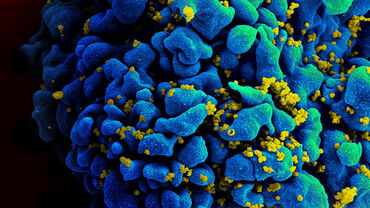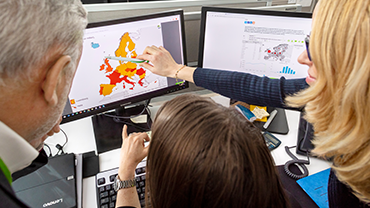Survey on testing strategies for HIV in blood, tissues and cell donors within the EU/EEA
This is a report on the findings of a survey on testing strategies for HIV in blood, tissues and cell donors within the EU/EEA at the time of development of ECDC guidelines for the prevention of donor-derived transmission of human immunodeficiency virus (HIV) through SoHO.
Executive Summary
Background
On 13 June 2024, the new Regulation on standards of quality and safety for substances of human origin (SoHO) intended for human application was published. The European Centre for Disease Prevention and Control (ECDC) was designated as the expert institution for the communicable diseases field and assigned to draft guidelines on the prevention of donor-derived transmission of human immunodeficiency virus (HIV) through SoHO. To assess the donor testing landscape for HIV prior to the publication of ECDC guidelines, ECDC developed surveys to collect information on current HIV testing practices for SoHO donors across the EU/EEA.
Methods
In the first quarter of 2024, an online survey was made distributed to national focal points (NFP) for blood, tissues and non-reproductive cells and medically assisted reproduction (MAR) to gather information on national donor testing strategies for HIV, including on the national donation services, testing protocols and laboratory testing methods.
Results
The number of respondents to the survey ranged between 21 for NFPs for MAR and 27 for NFPs for blood. In addition to the mandatory detection of anti-HIV-1/2, HIV nucleic acid amplification tests (NAT) are mandated or recommended in 85%, 60% and 35% of the participating countries for blood, tissues and non-reproductive cells, and reproductive cells, respectively. In the blood field, either by law or national recommendation, NAT is performed on individual donations (ID) in 48% of the countries; in 26% of countries, no specification regarding ID or mini-pool (MP) strategy was given. Less than 50% of the countries reported having a required limit of detection. HIV-2 NAT tests are used in 22 and 11 countries for blood and tissues and non-reproductive cells, respectively, and in six countries for reproductive cells. Antigen-antibody tests for HIV-1/2 are used instead of antibody-only tests for HIV-1/2 in 78%, 45% and 25% of responding countries for blood, tissues and non-reproductive cells, and MAR, respectively.
Conclusion
Next to the mandatory serological test with antibodies against HIV-1 and HIV-2, HIV NAT testing is currently included in the donor testing strategy in most participating countries for the different SoHO fields. Future assessments will allow ECDC and the relevant countries to understand the impact of ECDC guidelines on the donor testing strategies for HIV in the EU/EEA.








